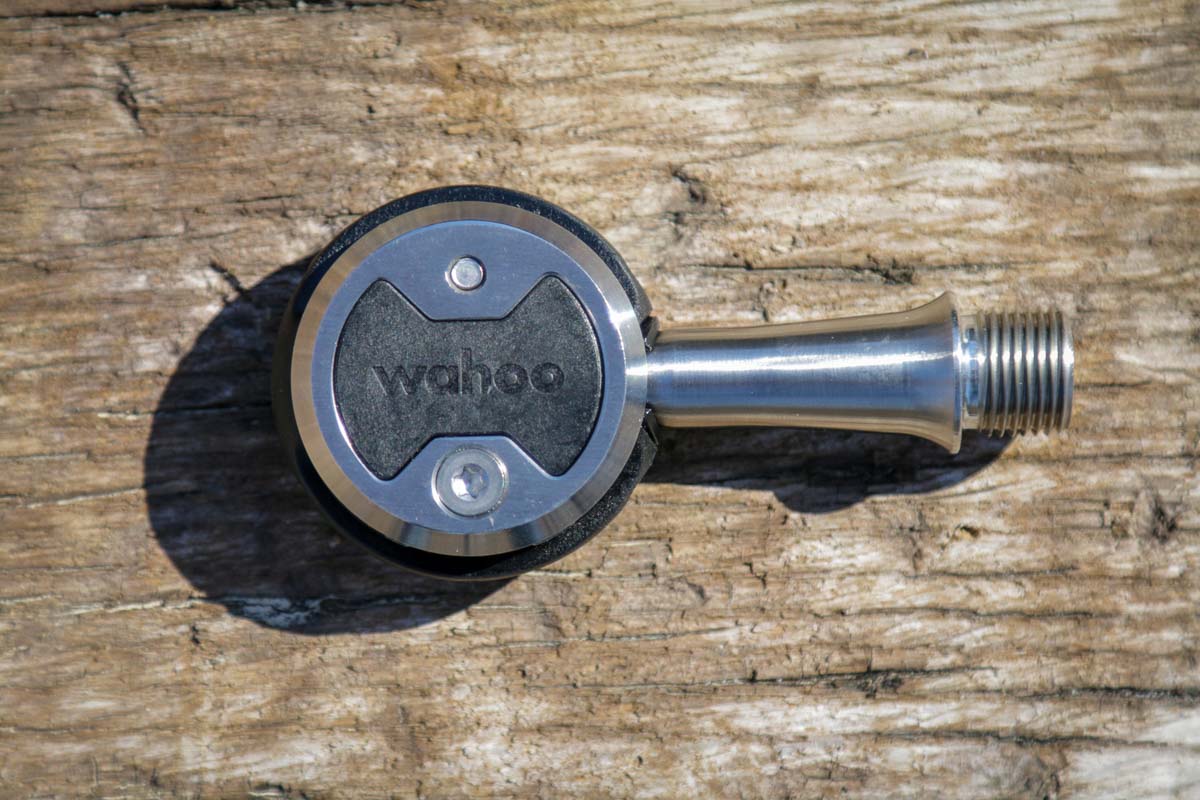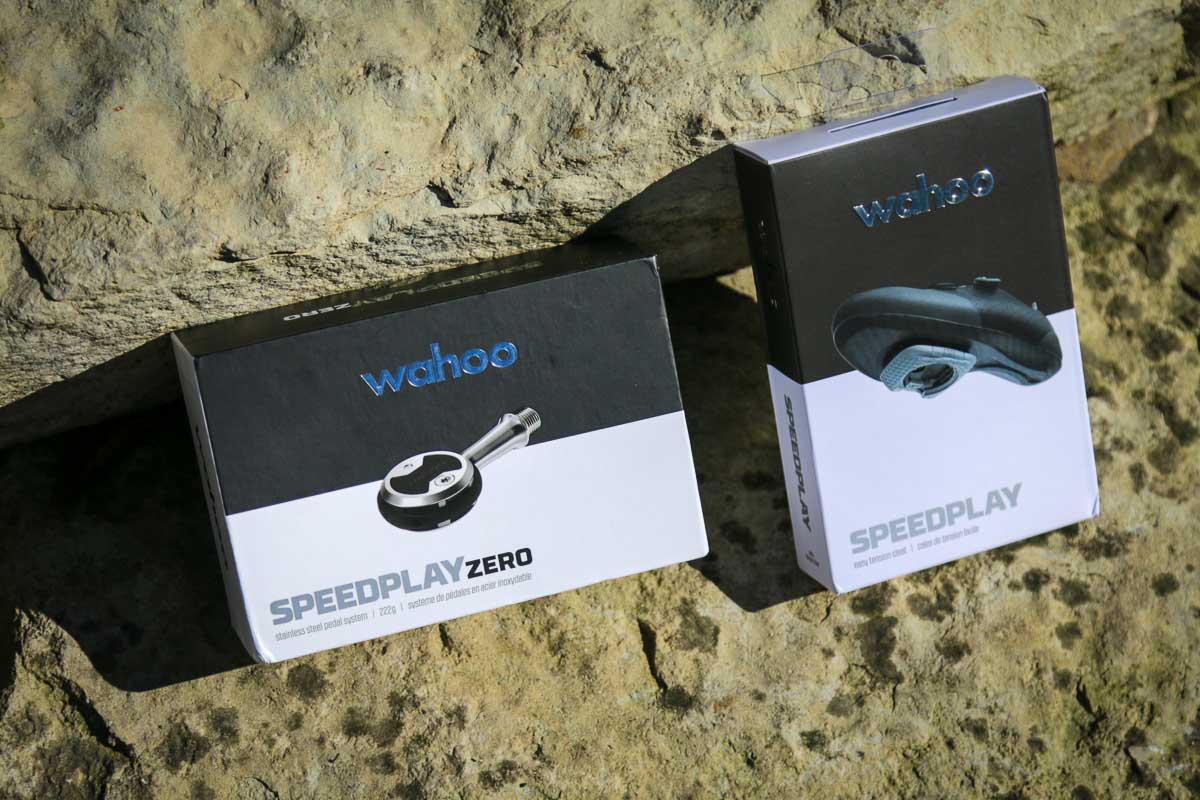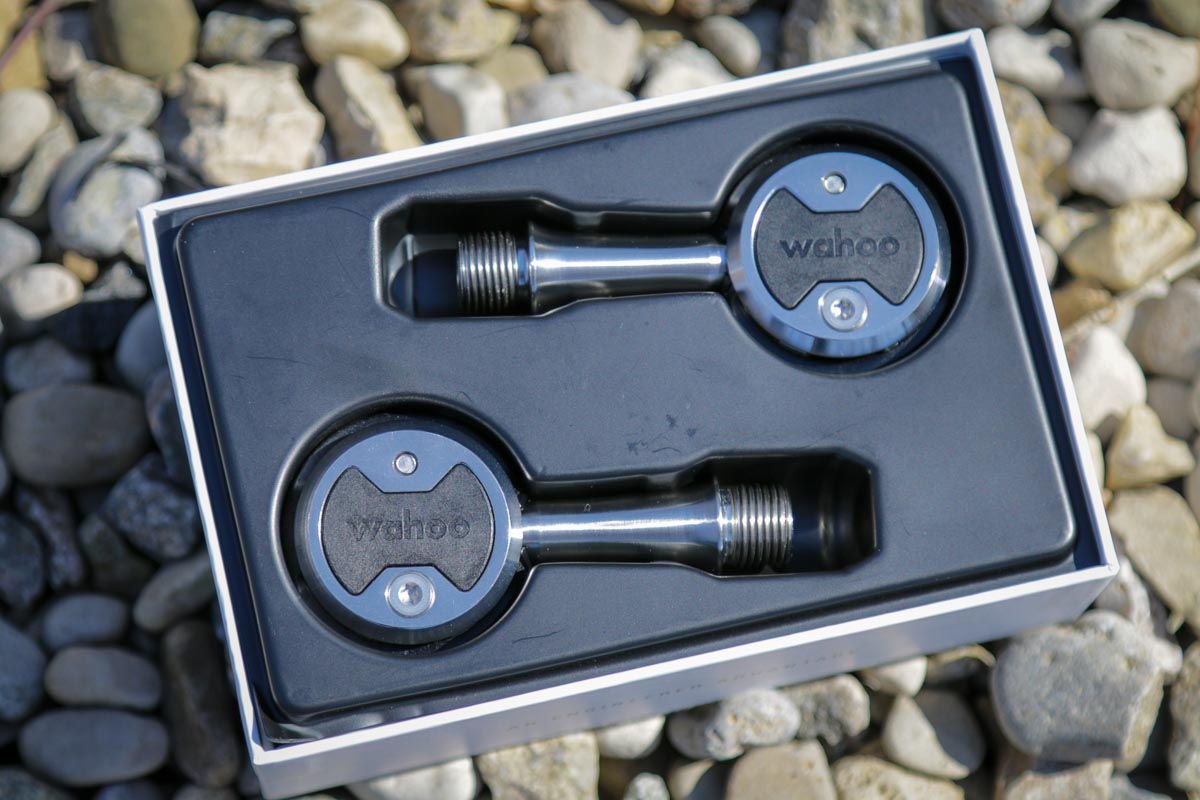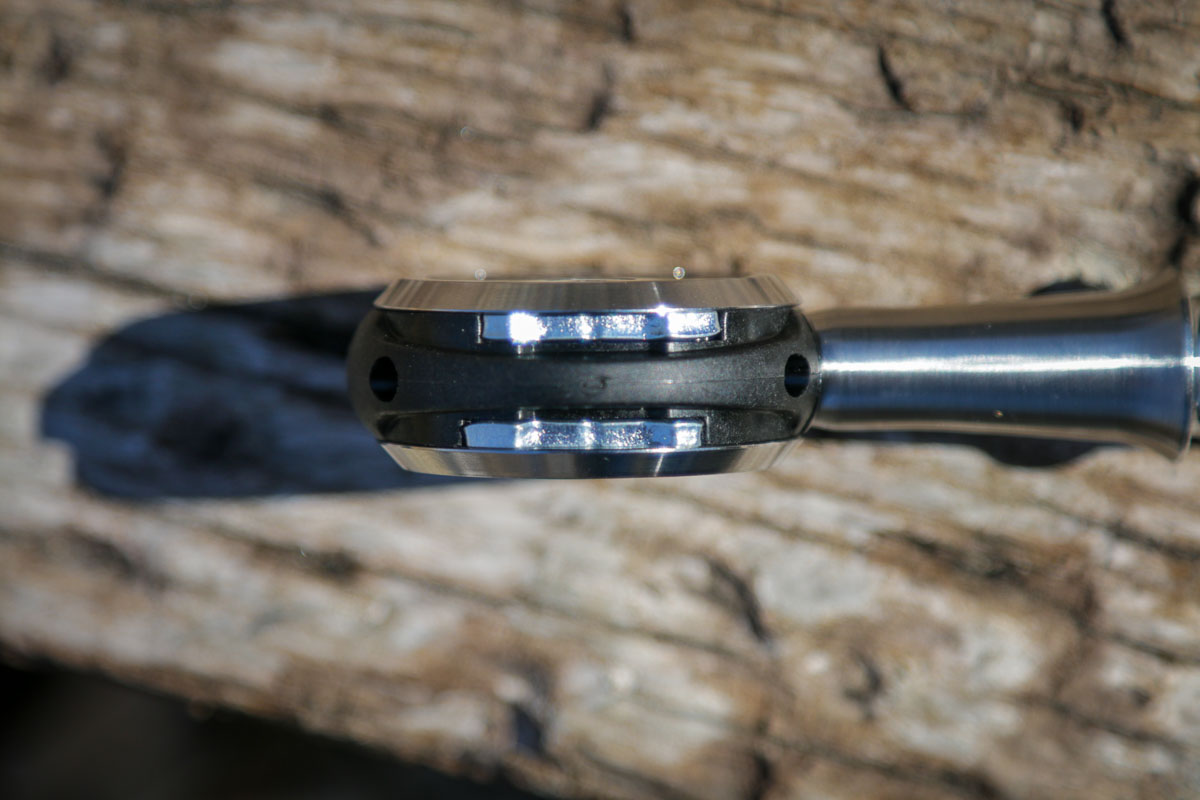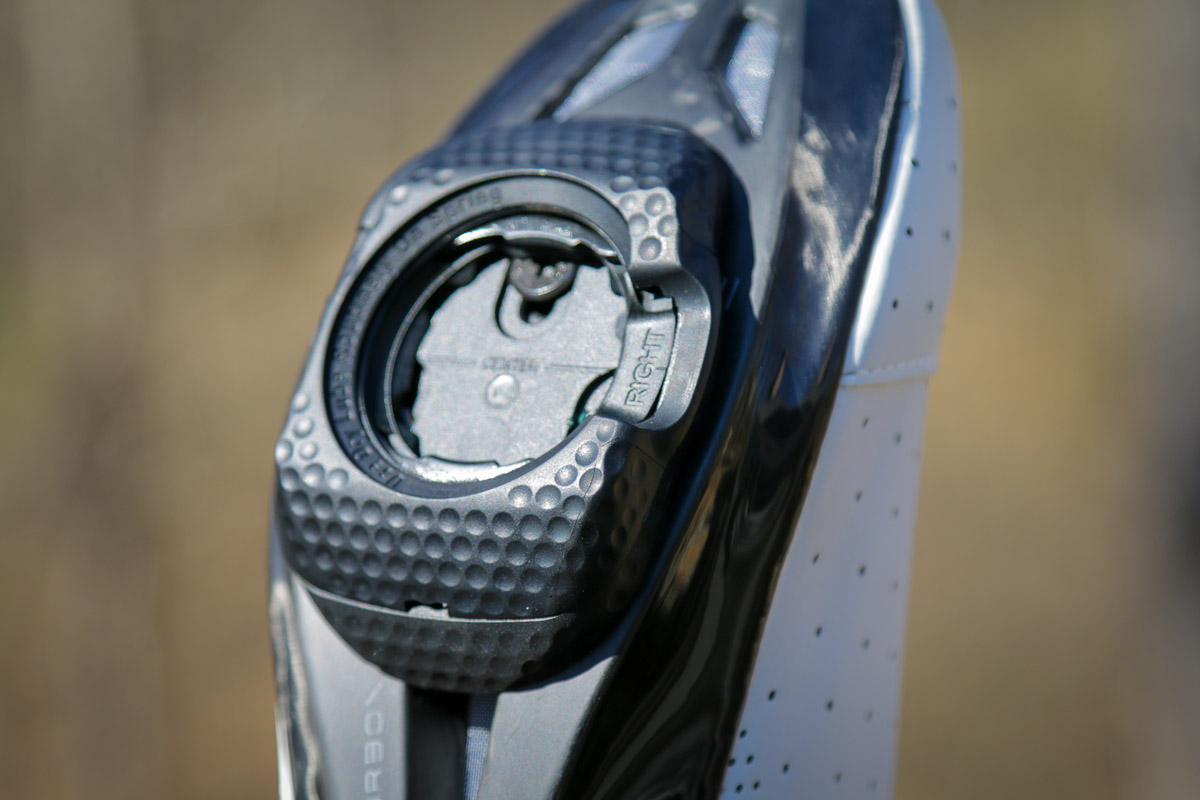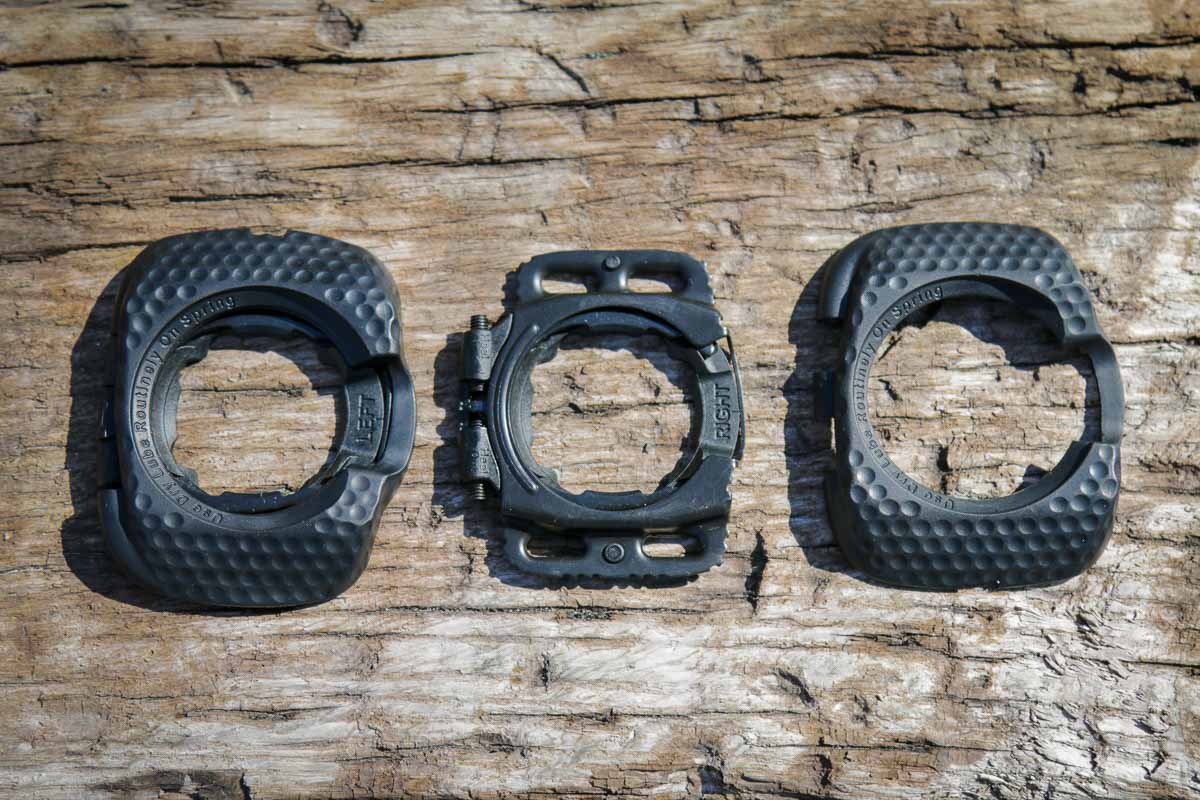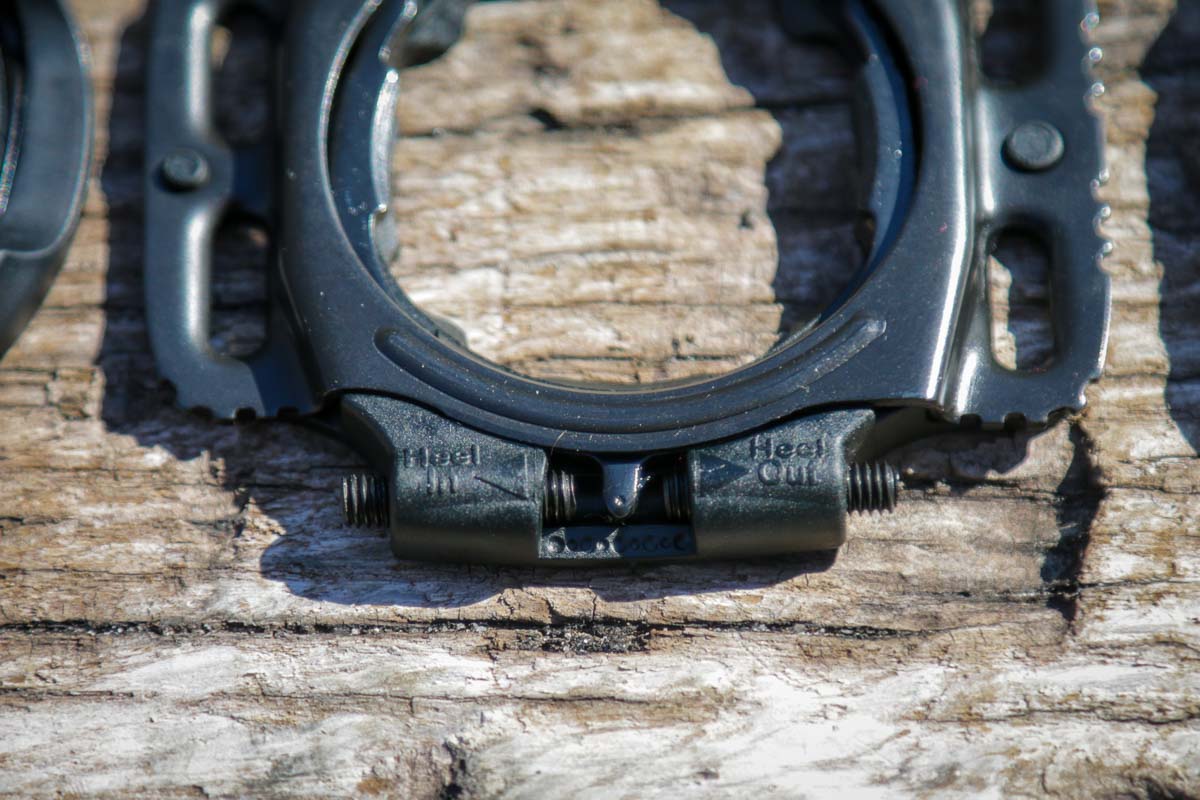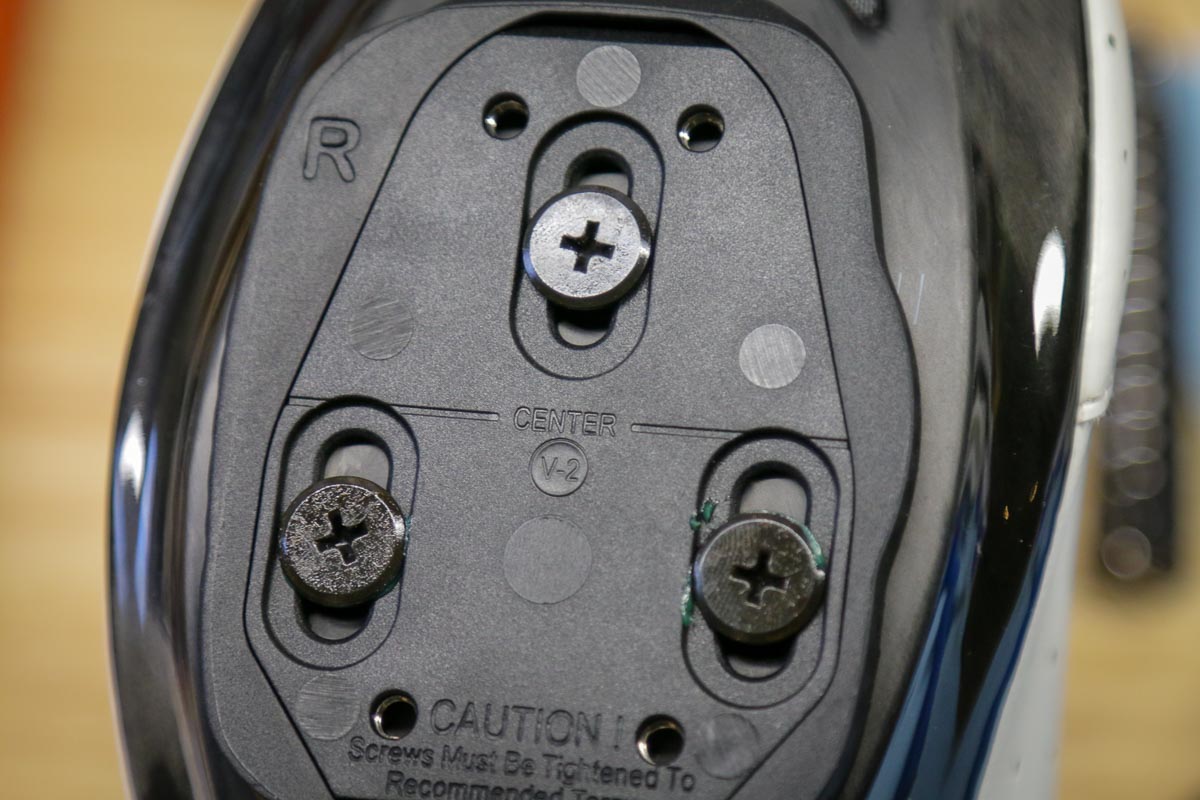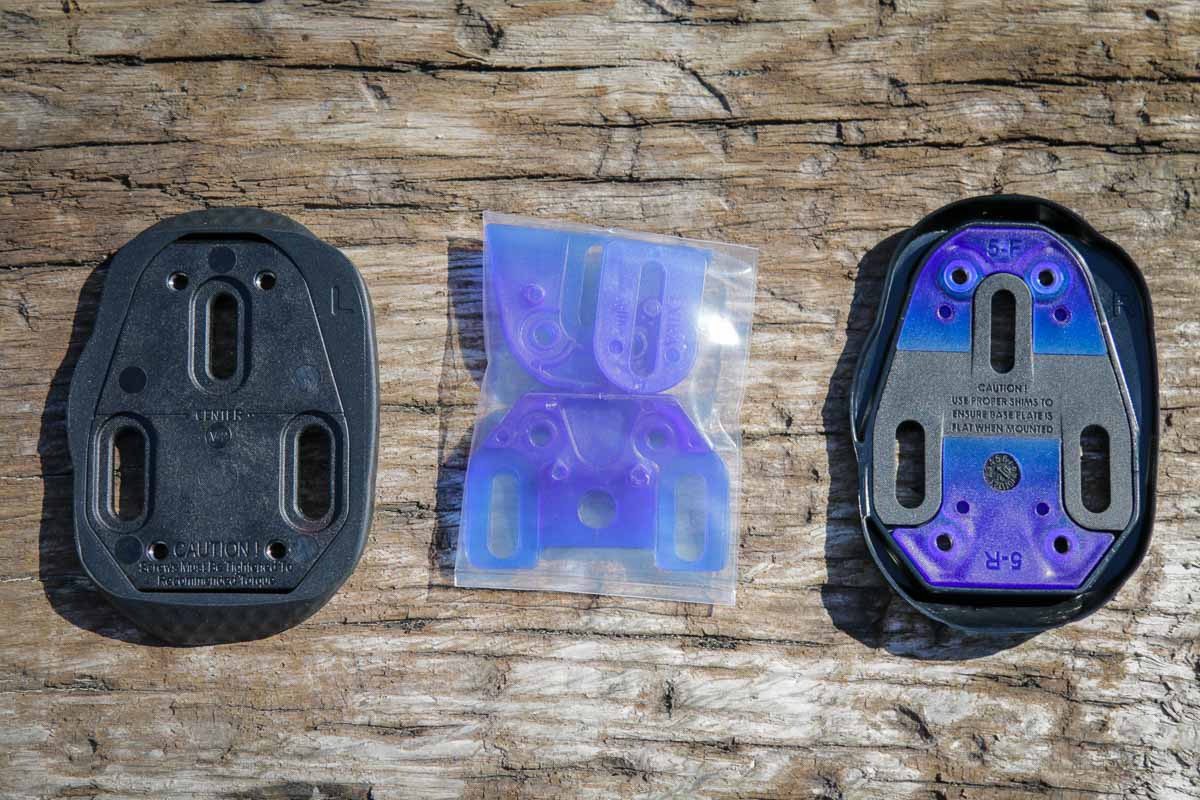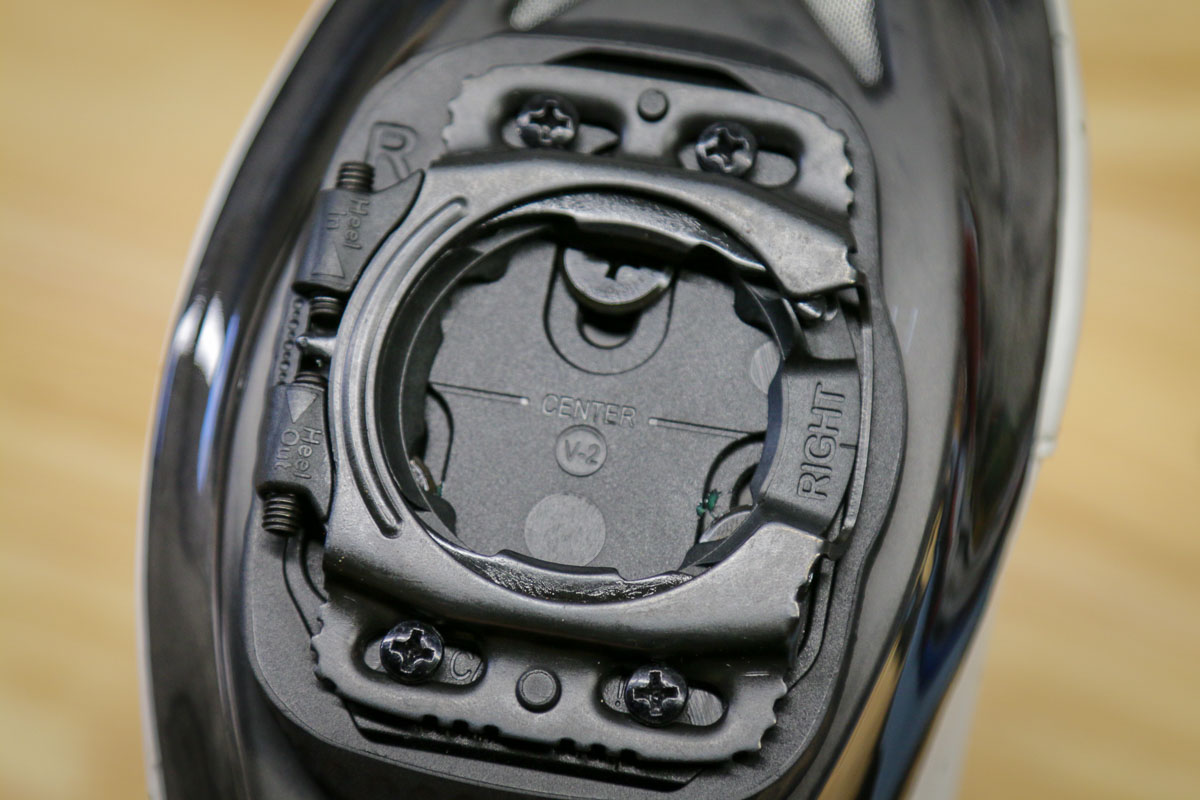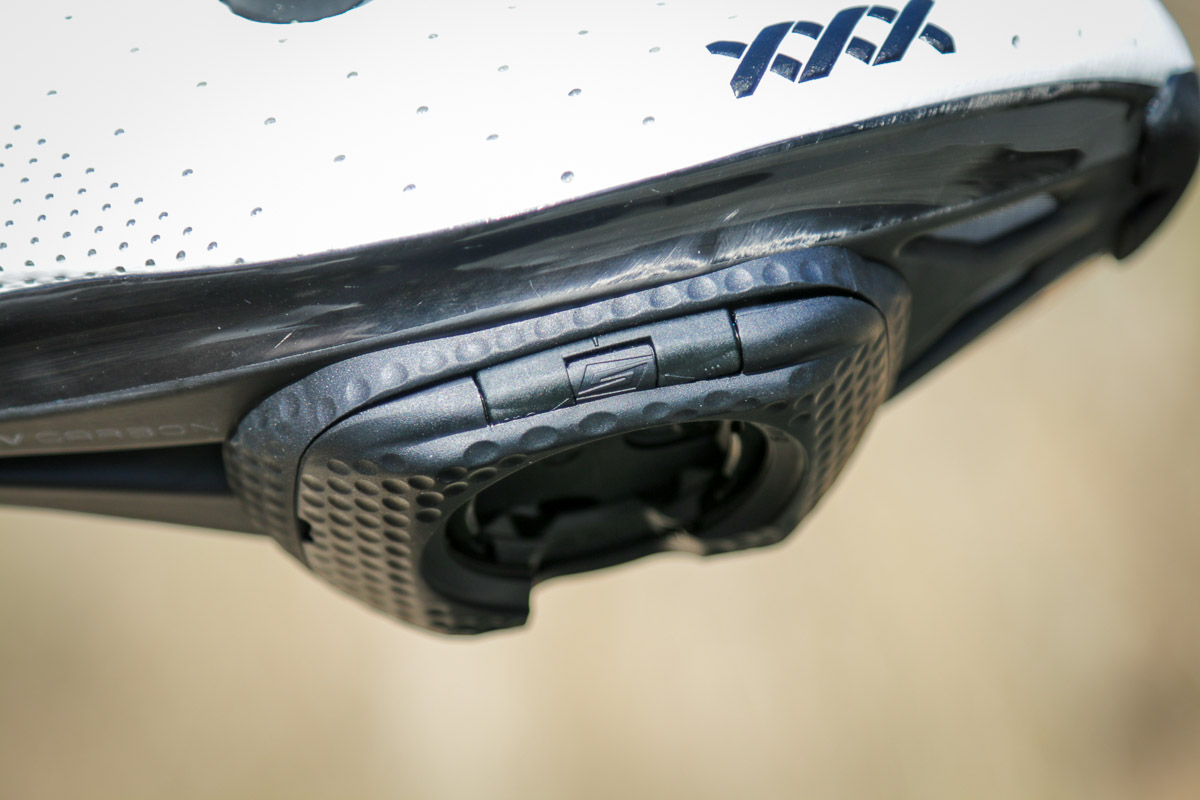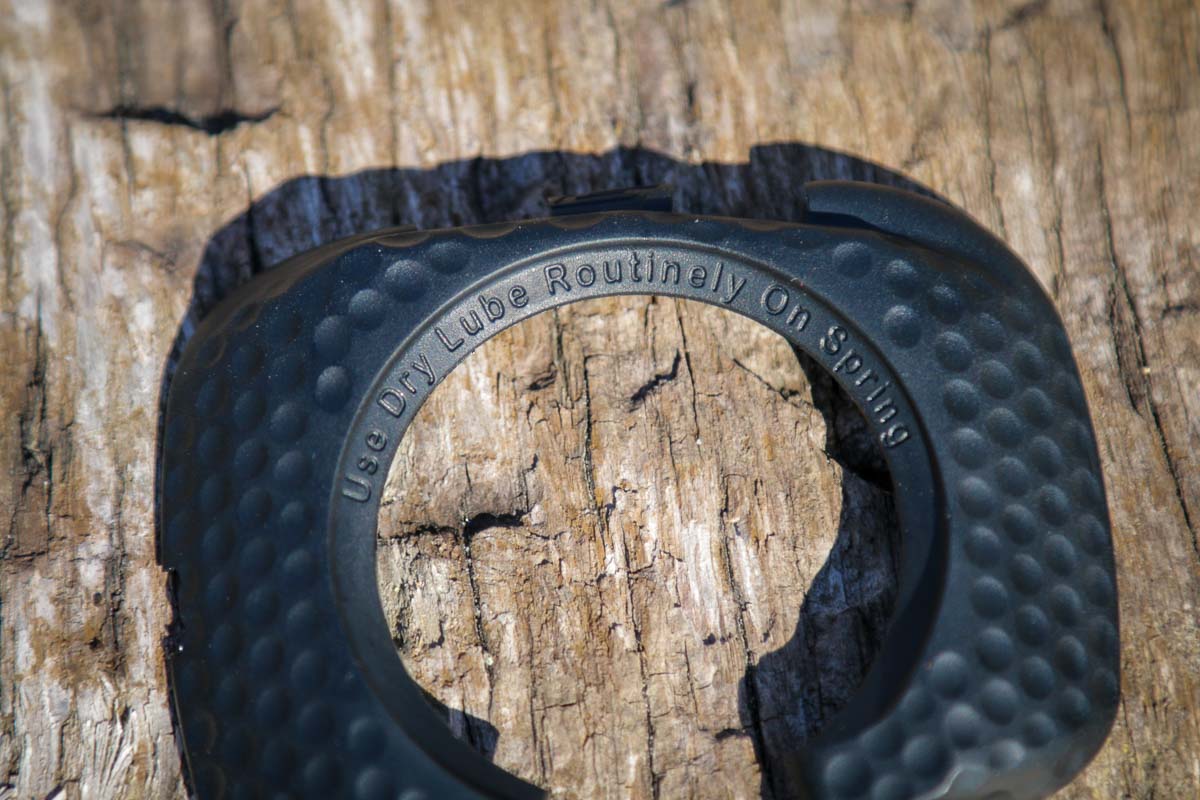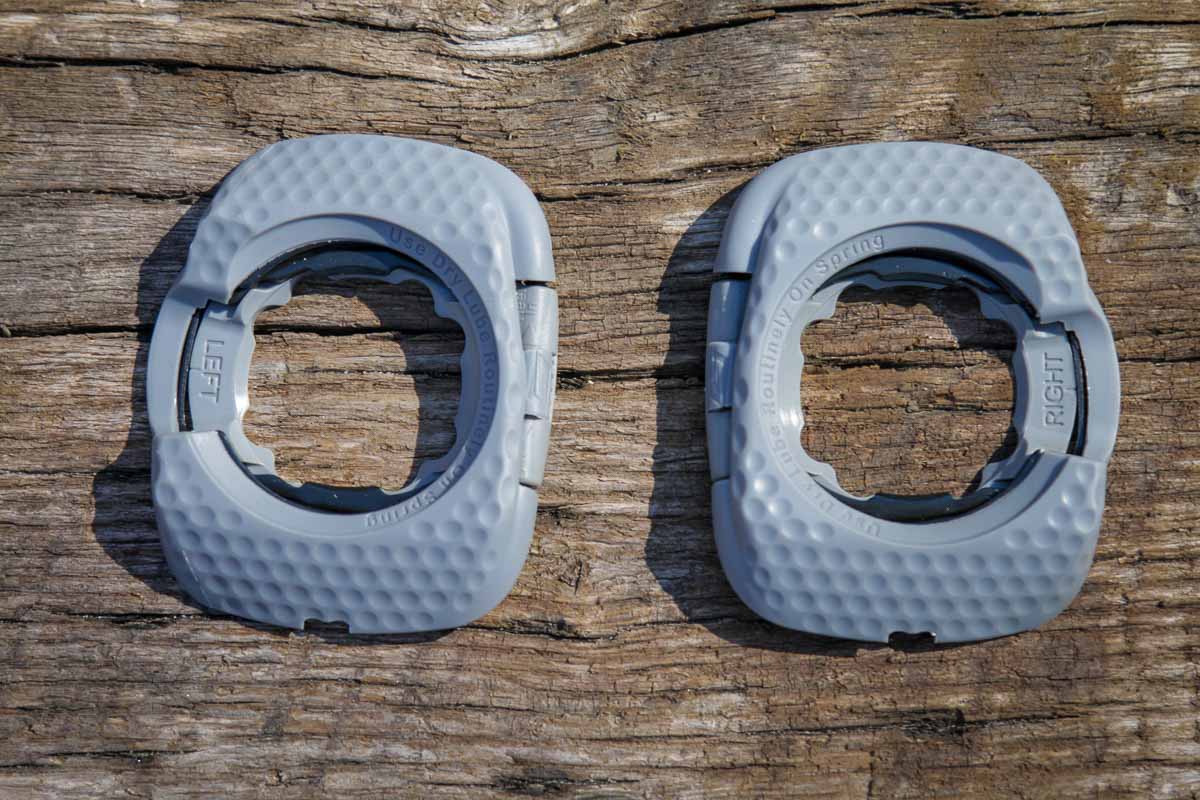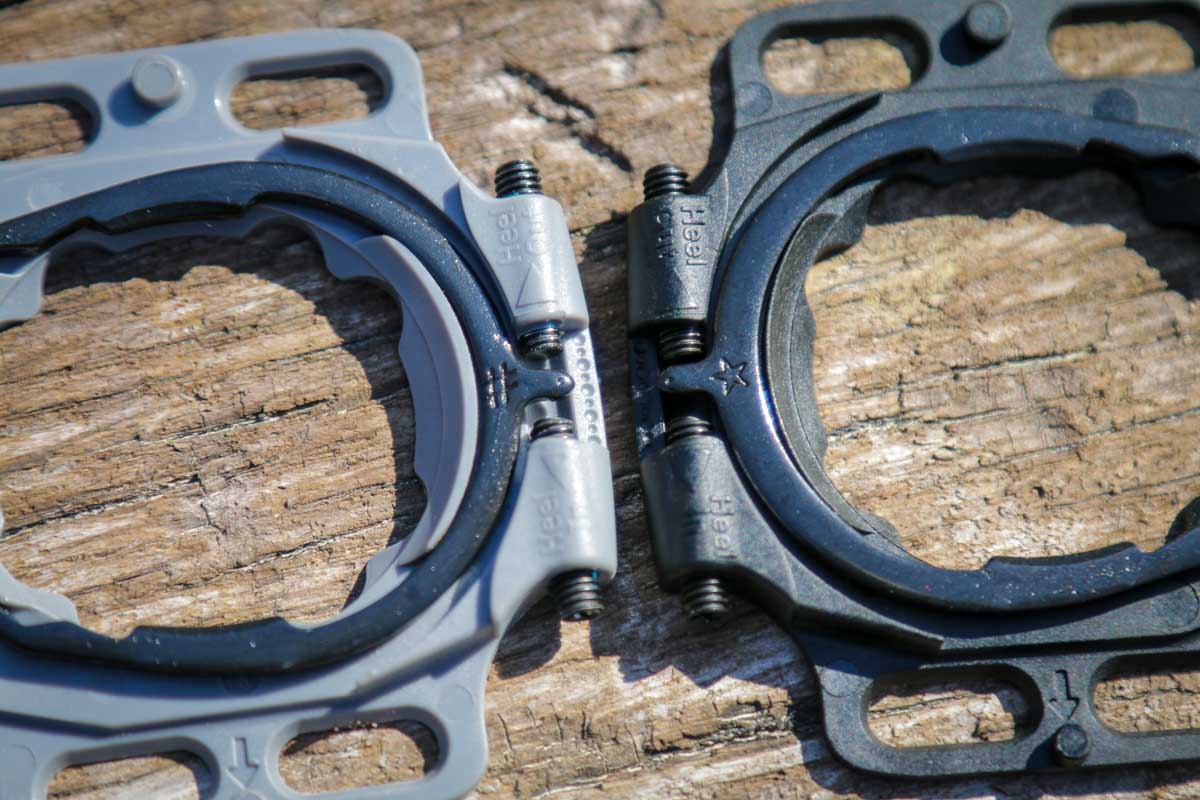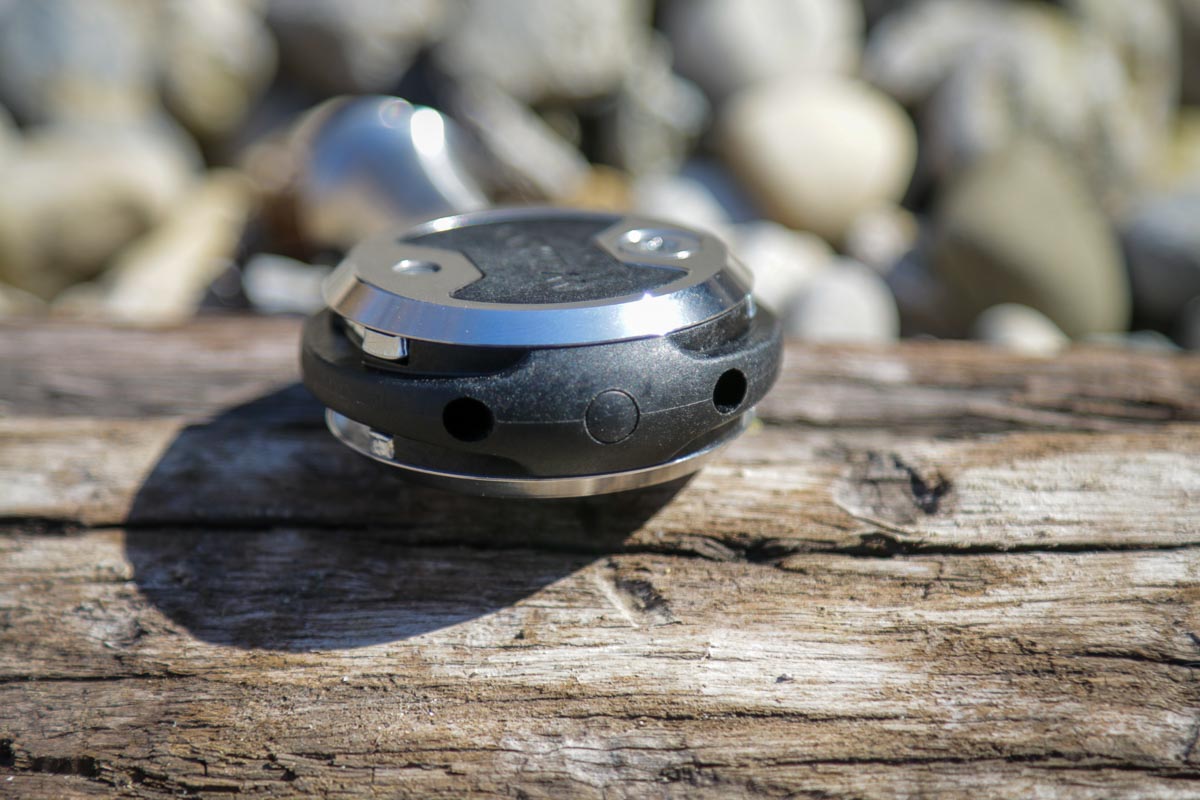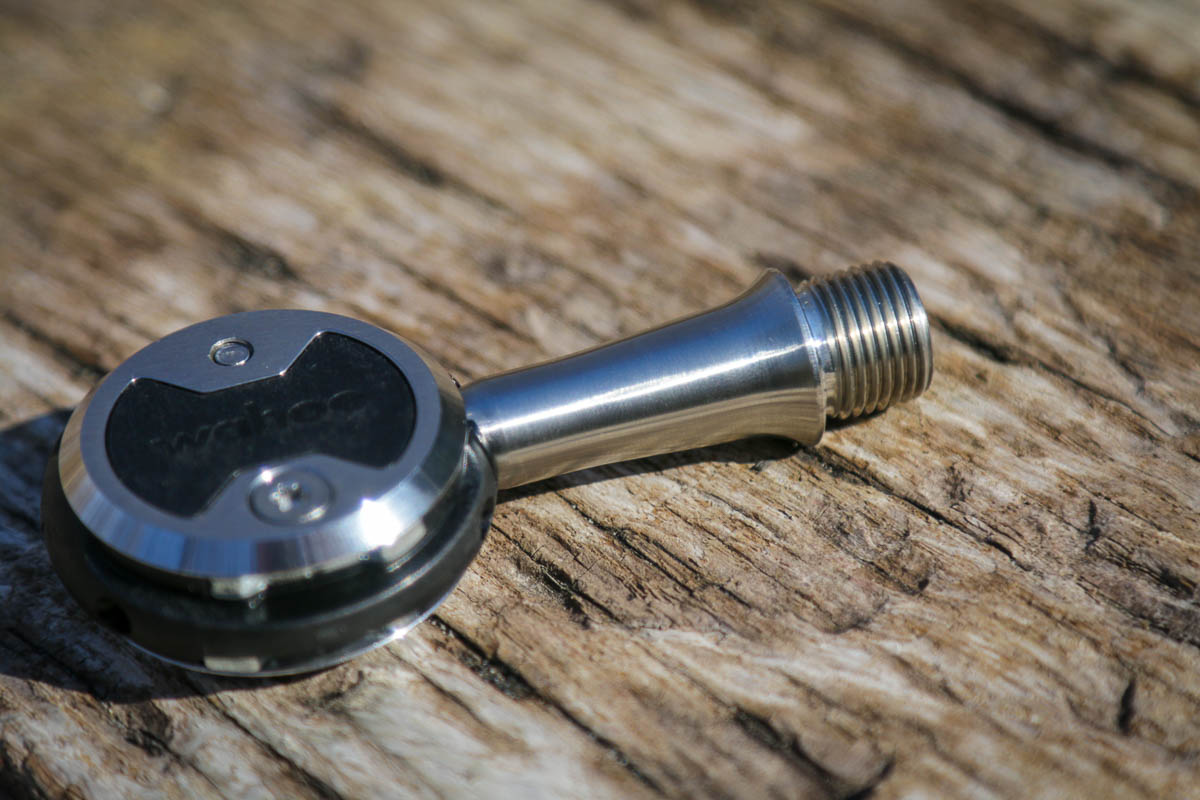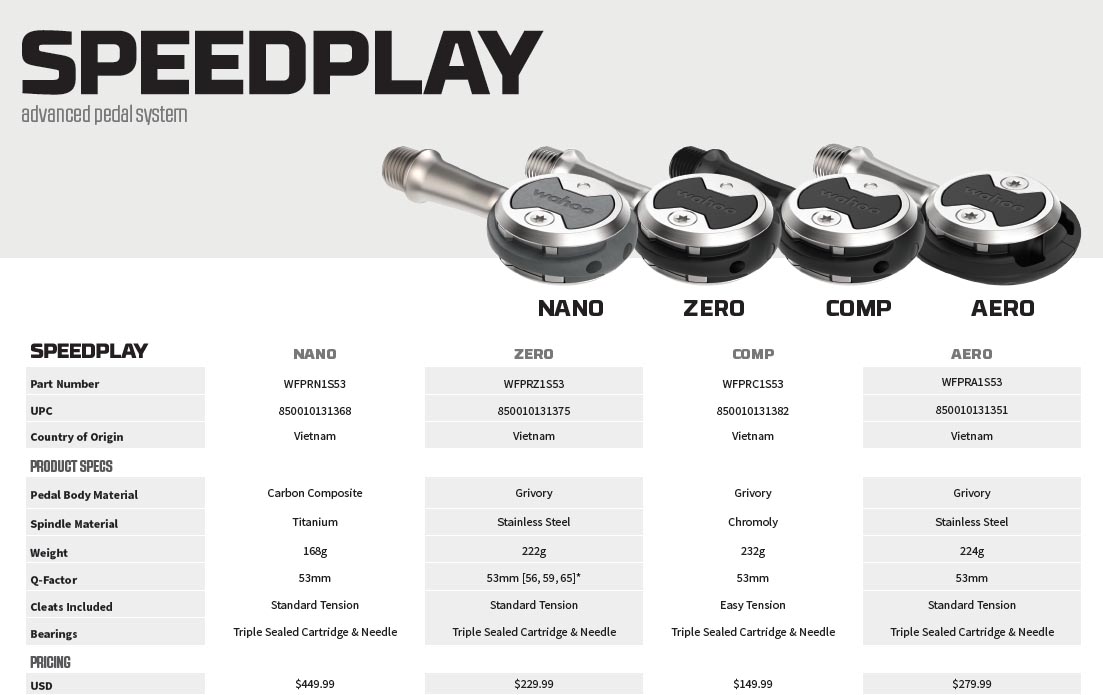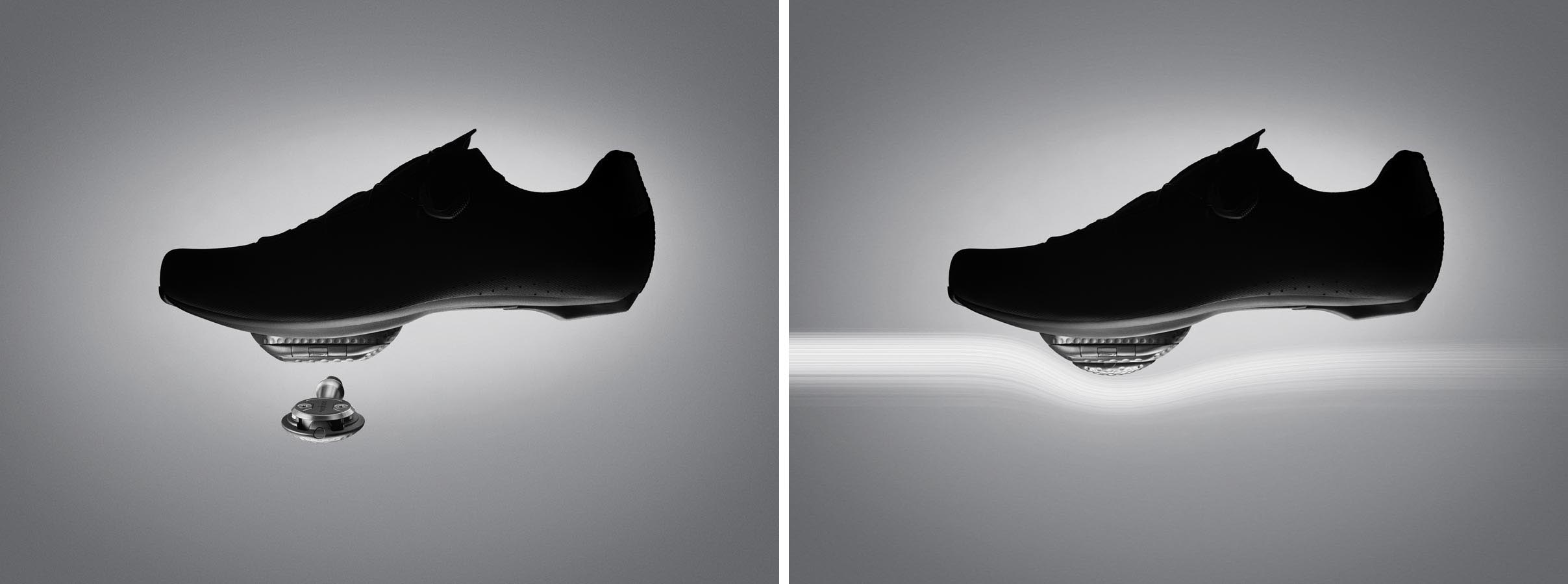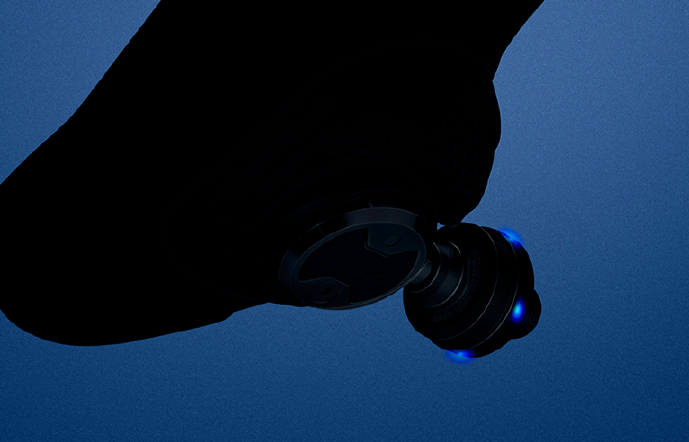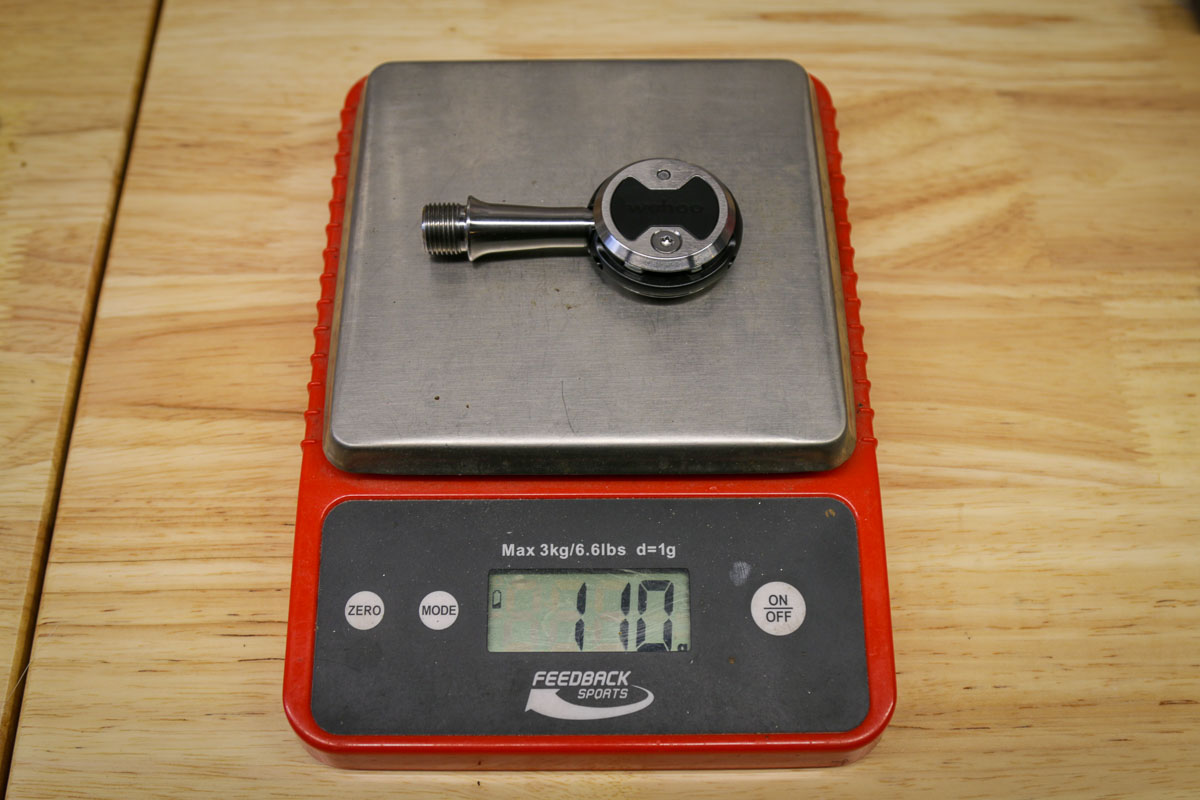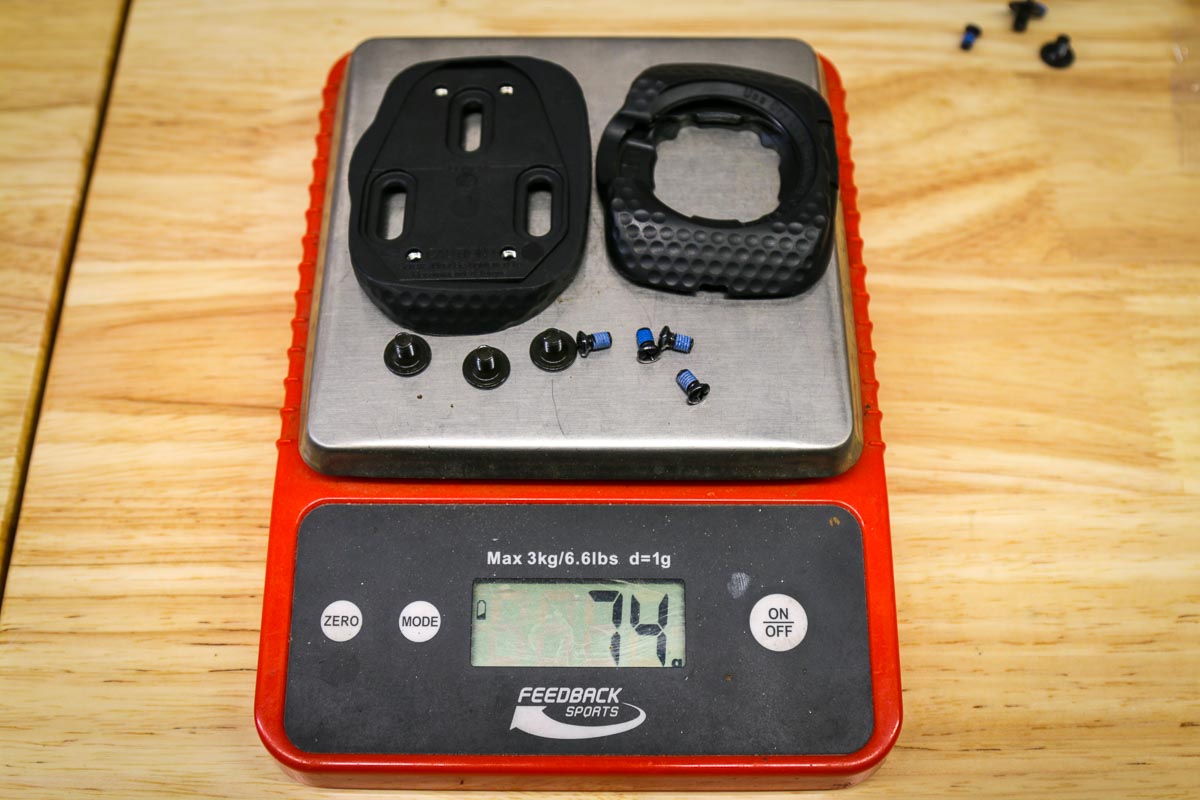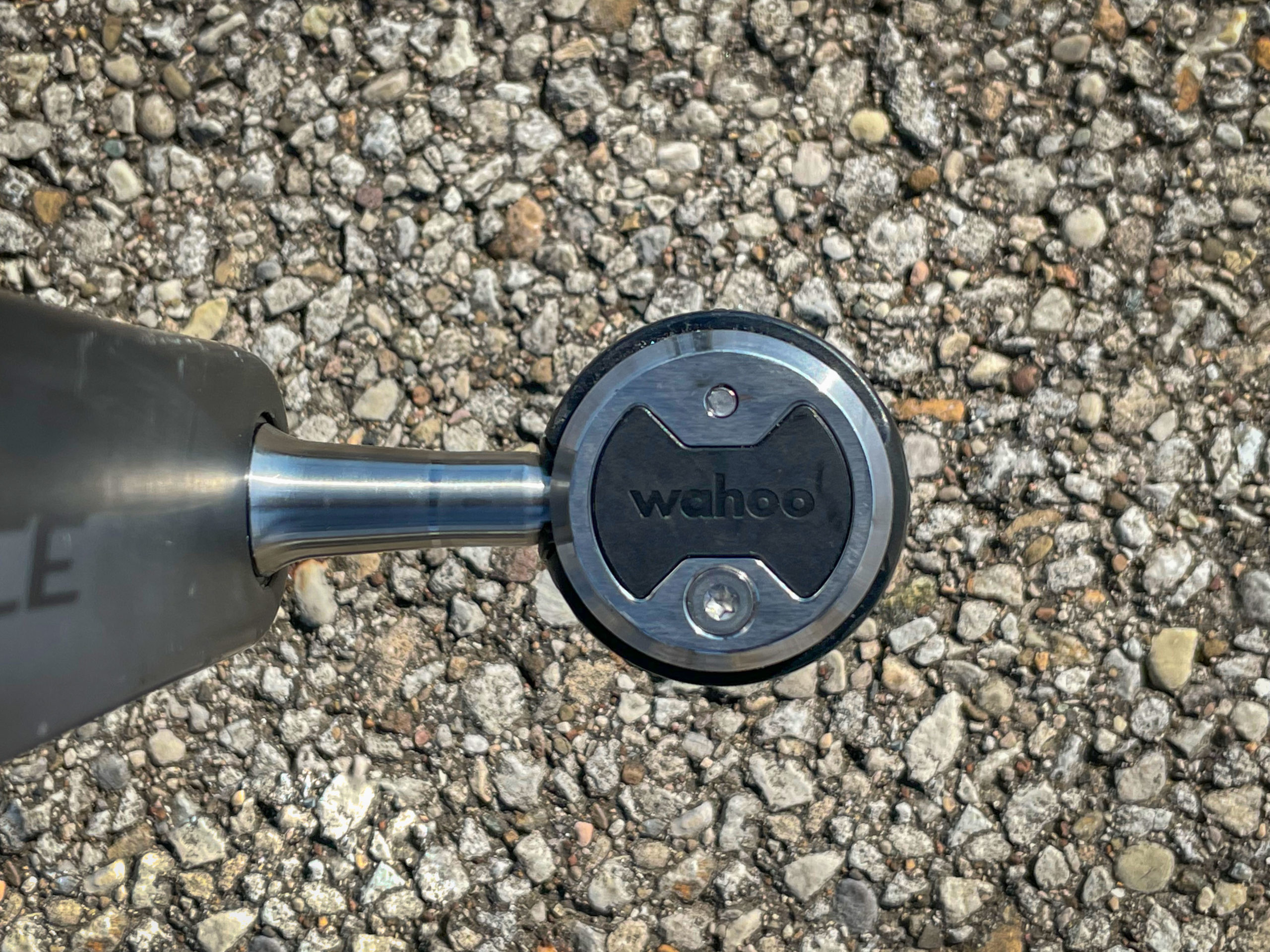It’s been more than 31 years since the first Speedplay pedals were invented in the garage of Richard Bryne and Sharon Worman. A lot has changed since then, including the ownership of Speedplay. After decades of innovating pedal designs for both road and off-road, Wahoo issued a surprise announcement that they had purchased the storied brand.
Based on Wahoo’s growing portfolio of electronic training devices, you could guess that the brand probably hoped to develop their own power meter pedal. But Wahoo also knew that there were a lot of fans of Speedplay pedals out there that weren’t ready to switch to a single-sided pedal. Wahoo tells us that their mission was to consolidate and streamline the brand, keeping the best parts and making small updates where needed.
Which brings us to the new Wahoo Speedplay Advanced Pedal System. It’s basically everything riders loved about the Speedplay Zero, but with updates that should make it more durable with less maintenance. Fan of the Speedplay Frogs? Sorry to inform you, but the Speedplay offroad line is no more.
With four pedals all based on the Speedplay Zero, the Wahoo Speedplay Advanced Pedal System has the advantage of requiring fewer SKUs with more cross compatibility between parts. That’s good news for both consumers and dealers, making them easier to service on both ends.
Backwards, and Forwards Compatible (with Zeros)
Functionally, the new pedals work just like the old Zeros. That means new and old Zeros are cross compatible. You can use the new Wahoo cleats with old Zero pedals, or the old cleats with new Wahoo Zero pedals. Note that this only applies to the legacy Zero pedals and cleats – not any other Speedplay pedals.
Speedplay pedals were unique in that the ‘lollipop’ design offered a pedal with two sides to clip onto, with the actual spring mechanism in the cleat itself. That doesn’t change. However, the pedal ditches the legacy ‘bowtie’ plates in favor of a more durable metal ring. The pedal still has the same attachment points, just with a different shape to the metal plate on either side of the pedal.
Like the legacy cleats, the Wahoo cleat is a multi-piece affair with a c-shaped metal spring and housing with adjustable float, a protector plate, cleat cover, cleat surround, and base plate & shims. All of the Wahoo Speedplay pedals now feature 0-15° of micro-adjustable float. One of the unique things to Speedplay is that the float can be adjusted so it keeps your heel in or out depending on your pedaling needs.
Starting with the base plate, the new cleats are still compatible with both 3 hole and four hole shoes. The cleat itself is still a flat plate, so if you’re running a 3 hole shoe, the adapter is curved to fit most shoes and includes additional shims to fine tune the fit.
Once the adapter plate is installed, the cleat gets installed on top. It’s important not to over-torque these tiny Phillips head screws – 2.5Nm is all that is needed.
Once everything is installed, the rubberized cleat covers snap over top offering a dimpled surface that claims to reduce drag. The rubber surface also makes it easier to walk around in the cleats, which is important because the cleat protrudes from the sole quite a bit. Again, just like prior cleats, Wahoo recommends using a dry lube on the cleat spring regularly.
For those unfamiliar with Speedplay cleats, having the spring mechanism on the bottom of your shoe in a pocket makes them a little more susceptible to jamming up with mud and debris while walking around. Which is why Wahoo specifically states that these are for road bikes only. However, the raised and rubberized cleat cover should offer plenty of protection for the cleat under normal circumstances – just don’t go trudging through the mud.
Easy Tension
For those looking for an easier entry, Wahoo will offer a second option – the Easy Tension Cleat. These are identified by the grey cleat surround, and the # on the spring itself instead of a star. These offer the same 0-15° adjustable float, just with a light-action spring for easier pedal engagement.
Every pedal gets the Standard Tension Cleat in the box with the exception of the Comp. The Comp pedals will include the Easy Tension Cleat standard.
Less Maintenance for Smooth Spinning
Back to the pedal itself, another big change is in how you service it. Or don’t. Previous Speedplay designs had a grease port in the end of the pedal body. This was meant for you to use a special grease gun to force lubricant through the pedal body, flushing out the old grease from the other side. It worked, but in my years at a shop that specialized in Speedplay service, it was something that most riders tended to neglect.
The fix? Wahoo has opted for the use of a combination of triple sealed cartridge and needle bearings which should need minimal maintenance at most.
Another small change? No more wrench flats on the axle. Instead, an Allen wrench fitting has been added to the end of the axle for hidden access. Those axles will also be offered in four different lengths for the Zero model to keep the ability to custom tune pedal setups for unique rider needs. That provides options for the standard 53mm q-factor, or 56, 59, and 65mm q-factors from the separately available axles.
Before you ask in the comments, no, the new Wahoo Speedplay pedals are not made in the U.S. They are made in Vietnam, apparently in the same factory that manufactures Wahoo’s KICKR trainers.
Models
About that streamlining… currently, the Wahoo Speedplay line will consist of four pedals. Three of which are basically the same, just with a difference of materials. The Nano, the Zero, and the Comp all offer the same performance but with a titanium spindle and carbon composite body at the top end and a matching $449.99 price tag for the Nano, and a chromoly spindle with Grivory (thermoplastic) body for the Comp which gets the price down to $149.99.
The Aero is the fourth option, which takes the dual sided design of the pedal and eliminates one of those sides for aero gains. Thanks to the domed fairing on one half of the pedal, the cleat forms a smooth transition with the cleat, all with a full dimpled surface. The Aero pedal checks in with a stainless steel spindle and Grivory body for $279.99.
What about the Power Meter Pedal?
For now, Wahoo is basically just teasing us with the knowledge that, yes, there will be a power meter pedal. Probably later this summer. We know that it is called the POWRLINK Zero, and it will be a dual sided pedal, just like the standard Wahoo Zeros. With a stainless spindle, the pedals claim to weigh 276g, with price TBA.
Actual Weights
Wahoo sent over a pair of the Zero models to check out, and on our scale a single pedal checked in at 110g. That puts a pair 2g under the claimed weight of 222g. A single cleat with all the hardware needed to mount to a curved, three hole shoe checks in at 74g.
Availability
With the exception of the Wahoo Speedplay Nano, all of the pedals are shipping today. Those wanting the lightest option won’t have to wait long – the shipping date of the Nano is expected in April, 2021.
